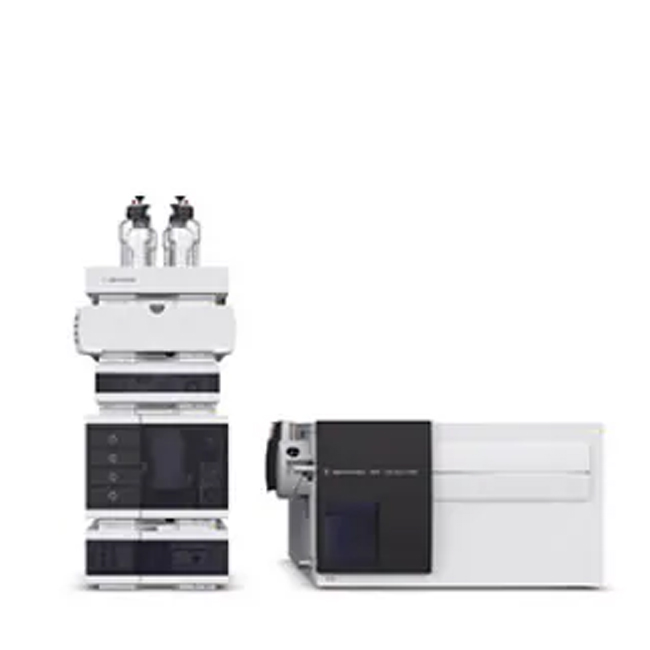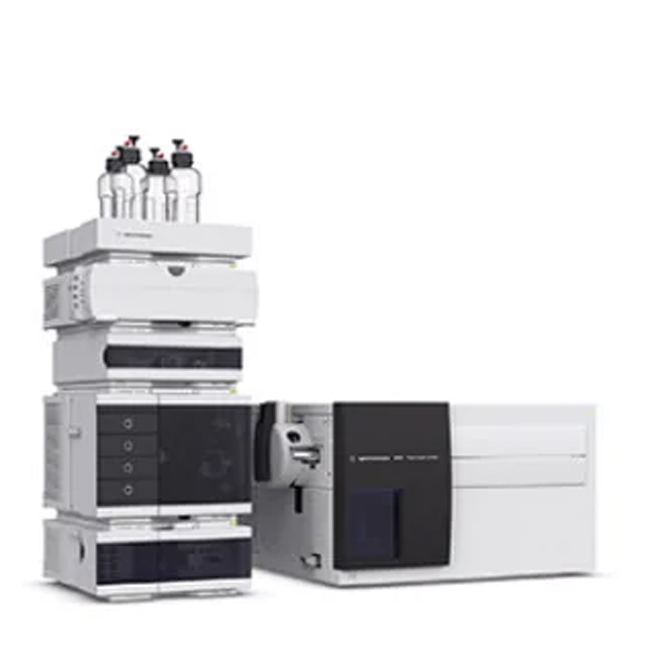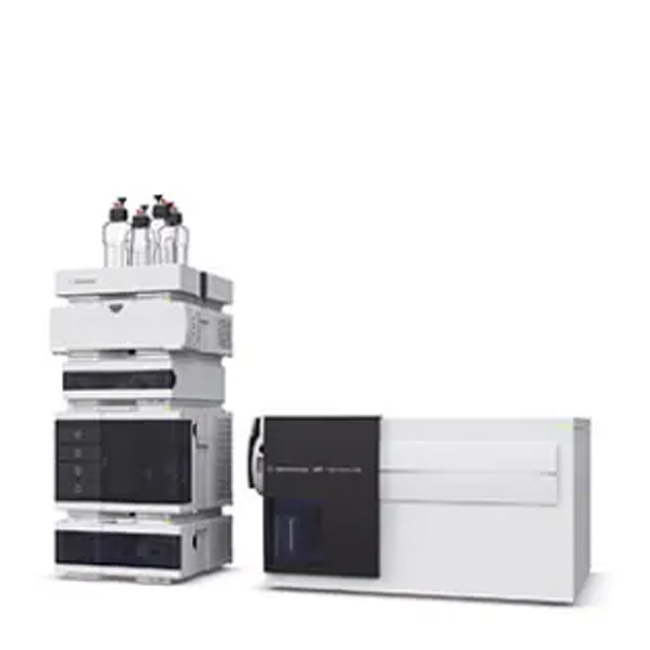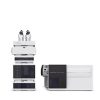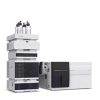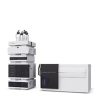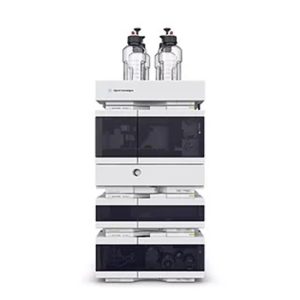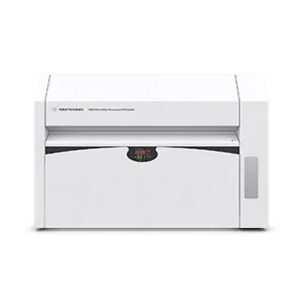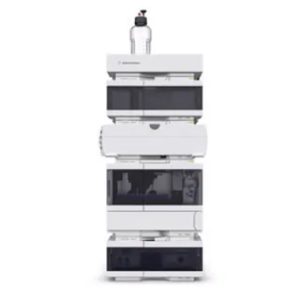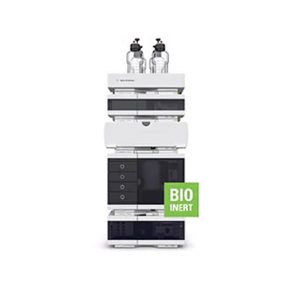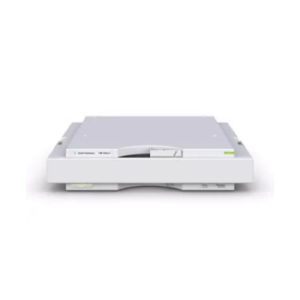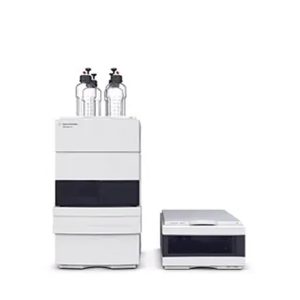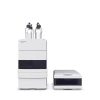1290 Infinity II Online SPE System
This online SPE system provides the flexibility to match virtually any analytical challenge. Leverage from Agilent Quick Change Valve technology to alternate between two reusable SPE cartridges or use SPE and direct injection on the same instrument without the need of replumbing or changing the valves. Combined with the Agilent 6400 series triple quadrupole mass spectrometers, the InfinityLab Online SPE Solutions take you into a new dimension of ulralow, trace-level detection.


 Tiếng Việt
Tiếng Việt